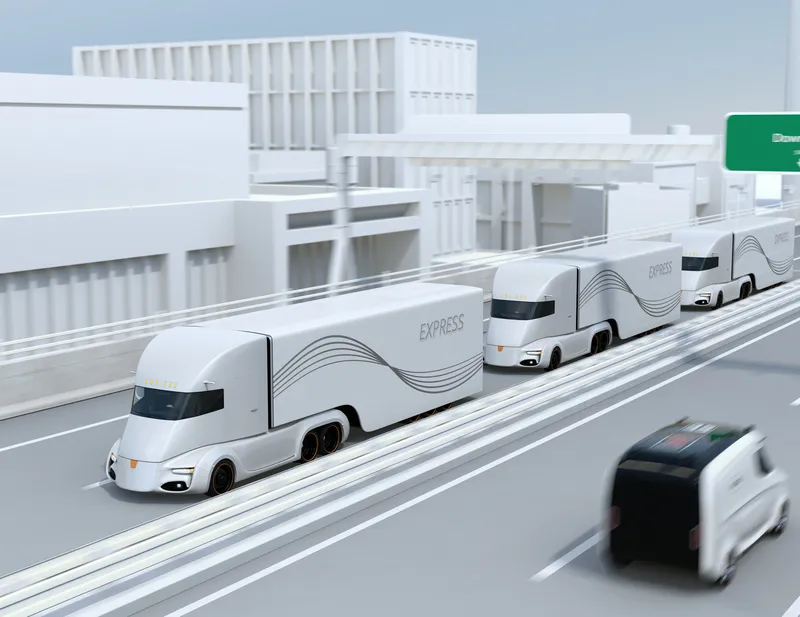The solution aims to detect slippery road conditions in real time and has also been piloted in an EU-level project.
Data gathered from the vehicles is refined and sent out to other motorists. The driver guidance system can be installed as a part of the software as well as independently, containing both the driving optimization and slipperiness detection components.
Jarmo Leino of EEE, said: “The driving optimization system we have developed is the only one capable of recognizing the driver’s input in economical driving, taking also into account factors independent of the driver, such as weather conditions, traffic jams and vehicle-related differences.”
Raine Hautala, principal scientist of VTT, said: “The pilot project indicates that with the system, savings up to 20% in fuel consumption can be reached, in addition to improved road safety.”
VTT and EEE Communications partner on black ice detector
EEE Innovations (EEE) and VTT Technical Research Centre (VTT) of Finland have launched a software-based solution that detects black ice which it claims can reduce fuel consumption by 20%. It is available for heavy vehicles but can also be used for private vehicles. The solution aims to detect slippery road conditions in real time and has also been piloted in an EU-level project. Data gathered from the vehicles is refined and sent out to other motorists. The driver guidance system can be installed as a
November 28, 2017
Read time: 2 mins
Related Content












